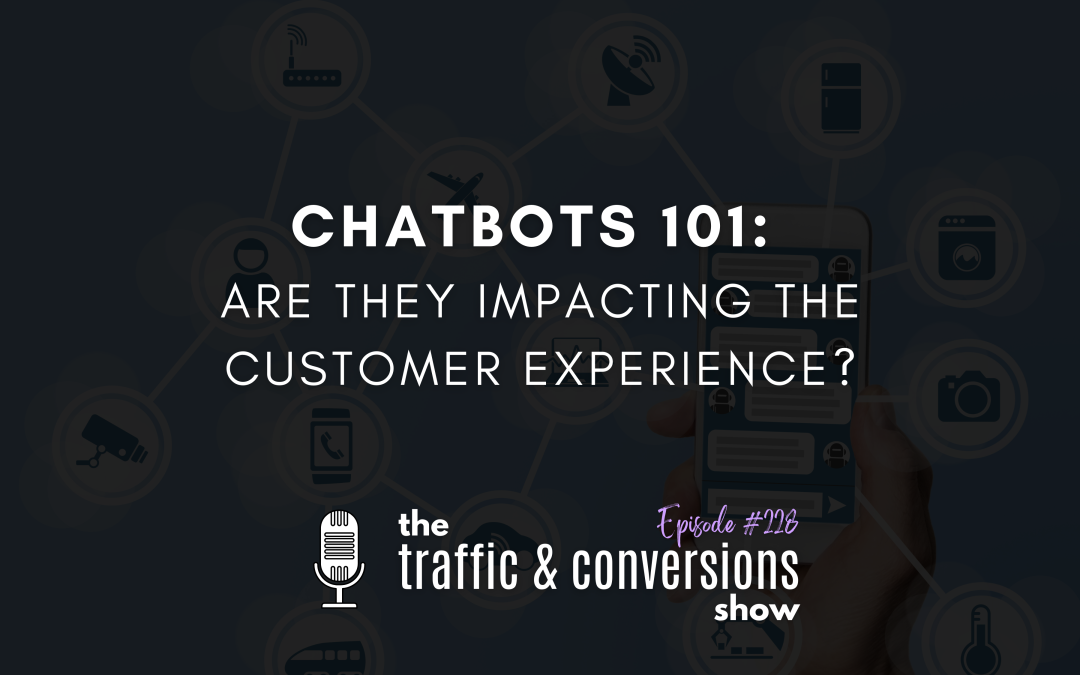In the ever-changing landscape of customer engagement and technology, chatbots have emerged as powerful tools that can shape the way businesses interact with their audience.
Today, I’m looking at how they have evolved over time, and exploring their role in enhancing business efficiency, customer satisfaction, and engagement. I’ll also be sharing the best practices to optimize your chatbot interactions so that you can harness the full potential of this technology and revolutionize the way you connect, serve, and engage with customers.
History of chatbots
The chatbot timeline spans longer than you might think, with the first notable chatbot ELIZA created in the 1960s. This was closely followed by Terry Winograd’s program called SHRDLU, which could understand and respond to English sentences in a simulated “world of toy blocks”.
These early chatbots were limited to specific domains and used rule-based systems. However, as computing power and natural language processing (NLP) techniques advanced, chatbots became more sophisticated. In the late 1990s, Dr. Richard Wallace created ALICE, a chatbot designed for general conversation that used the artificial intelligence markup language (AIML) for responses.
The 2000s brought advancements in NLP and AI, and Siri was introduced by Apple in 2011. Messaging platforms like Facebook Messenger and Slack also began integrating chatbots for various tasks. Google’s Duplex, introduced in 2018, demonstrated advanced chatbot capabilities, making natural-sounding phone calls to schedule appointments. And OpenAI’s GPT models, including GPT-3, marked a major milestone in chatbot development, enabling more coherent and contextually relevant conversations.
Now, in the early 2020s, chatbots continue to integrate into daily life, with applications in education, healthcare, finance, and more. Personal virtual assistants like Amazon’s Alexa, Google Assistant, and Apple’s Siri have become central to smart homes and devices, offering seamless voice-based interactions. The future of chatbots includes multi-modal interactions, and combining text, voice, and visual elements.
It’s a remarkable evolution, and sometimes feels like we’re living out a sci-fi movie in real time!
The power of chatbots and the impact on our business efficiency
By integrating some of this technology into our processes and systems, we can even help our bottom line. Here’s how:
Implementing chatbots can significantly reduce customer service costs. IBM reported that businesses can save up to 30% in customer support costs by using chatbots.
As we’re creating predictable growth, chatbots can handle multiple conversations simultaneously, enabling businesses to scale their customer support (and marketing!) without needing to hire additional staff.
A study by Aspect Software found that 71% of consumers want the ability to solve most customer issues on their own. Chatbots can quickly provide solutions reducing the need for lengthy interactions with human agents.
- Data collection and analysis
Chatbots can collect data on customer interactions, preferences, and pain points. This data can be used for analysis, leading to better informed business decisions and improved products and services.
- Consistent customer experience
Chatbots provide a standardized level of service ensuring that customers receive consistent information and assistance regardless of the time of day or specific agent they’re interacting with.
Impact of chatbots on customer satisfaction
According to a study by HubSpot, 90% of customers rate an immediate response as important or very important when they have a customer service question. Chatbots can provide instant responses, contributing to higher customer satisfaction.
Drift found that 82% of consumers expect an immediate response from brands, even outside the business hours. Chat bots can operate 24/7, ensuring customers queries are addressed promptly.
- Personalized interactions
Chatbots can use data to offer personalized recommendations and responses. A Salesforce study reported that 64% of consumers and 80% of business buyers expect companies to tailor interactions based on their individual needs. For example, when shopping, it might suggest you would be interested in something because you already bought a linked item.
According to a study by the Business Insider, the average time a customer spends waiting on hold is around 10 to 20 minutes. Chatbots could help reduce or eliminate wait times leading to improved customer satisfaction.
Impact of chatbots on customer engagement
Chatbots enhance engagement by forming lasting relationships with customers. They ensure engagement is consistent and scalable, handling multiple conversations without delay, even during peak times or events. Chatbots maintain a uniform brand tone, fostering trust. They also offer interactive and entertaining conversations to keep customers engaged, regardless of the inquiry, ultimately encouraging customer loyalty.
Chatbots can be integrated into various messaging platforms, websites, and apps, allowing customers, leads, or prospects to engage through their preferred channels. This multi-channel approach broadens engagement opportunities, ensuring you don’t miss out on potential interactions across platforms like Instagram, Facebook, YouTube, or LinkedIn. It helps manage high-engagement activities efficiently, allowing you to analyze data and adapt your engagement strategy based on where your audience responds most effectively, whether through automated chat or human interaction.
Chatbots serve a dual role: firstly, they initiate conversations and collect customer information, functioning as virtual sales assistants. This engagement helps qualify leads and advances potential customers through the sales funnel. The next important aspect is lead nurturing, where chatbots identify qualified prospects and guide them through decision-making processes, addressing concerns and providing relevant information. This nurturing approach not only builds stronger customer relationships but also continues to provide value, resulting in referrals and positive impressions.
Chatbots can also assist customers during the purchase process, reducing cart abandonment rates by addressing concerns and facilitating transactions.
If you want to get the most out of these technologies and create exceptional customer experiences, following these five best practices will ensure that your chatbot interactions are effective, engaging, and ethical:
- Understand Your Audience: Start with customer segmentation and persona development to continually adapt to changing customer interests and behaviors.
- Design Intuitive User Experience: Craft seamless chatbot interactions by defining clear paths, using plain language, and offering diverse response options.
- Balance Automation and Human Touch: While automation improves efficiency, human intervention is crucial for complex inquiries and emotional support, fostering genuine connections.
- Continuously Improve with Data Analytics: Leverage AI to gather and analyze customer interaction data to uncover trends, pain points, and areas for improvement.
- Ensure Ethical AI and Data Privacy: Protect user data with robust encryption and strict retention policies while providing clear privacy statements and opt-out options to maintain ethical AI-powered engagement.
Chatbots have come a long way in the last few decades and have now become integral tools for businesses today. By adhering to best practices and leveraging their capabilities, your business can not only enhance efficiency, but also deliver exceptional customer experiences, paving the way for a future where chatbots play an even more significant role in our interactions!
Do you need help leveraging the power of chatbots in your business?
Feel free to reach out on Instagram (@themichellefernandez) so we can chat more!
Let’s grow your business together!


